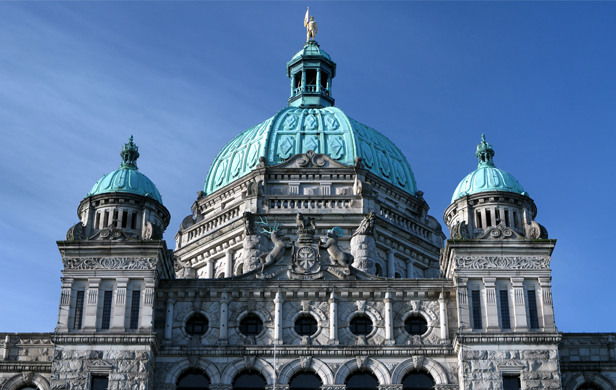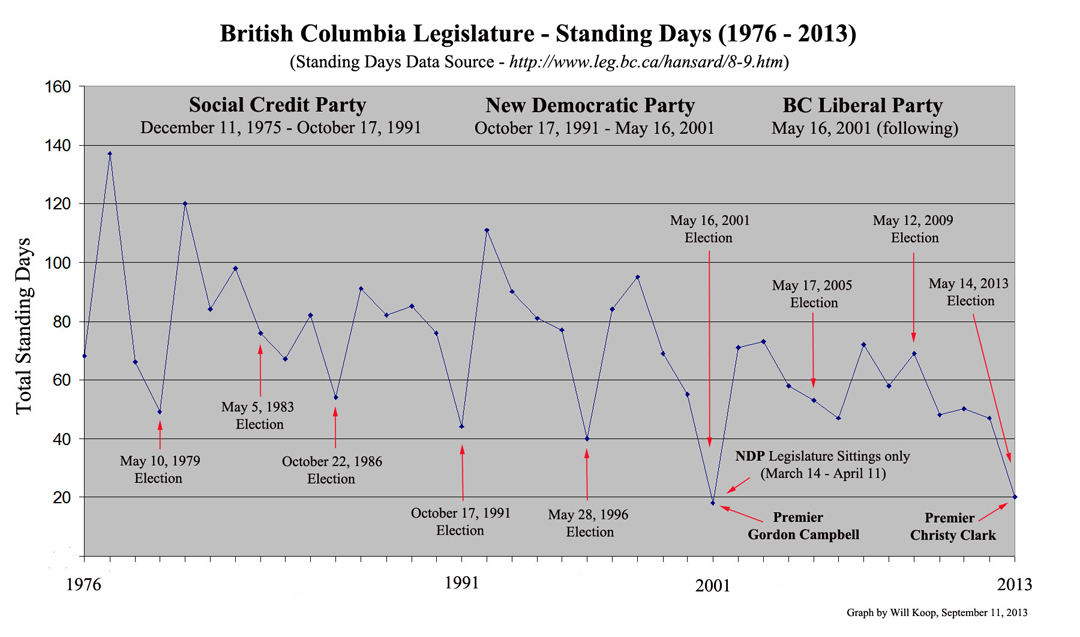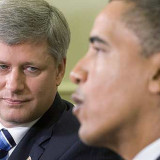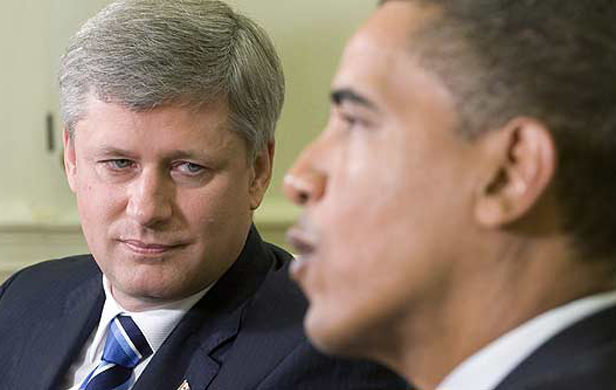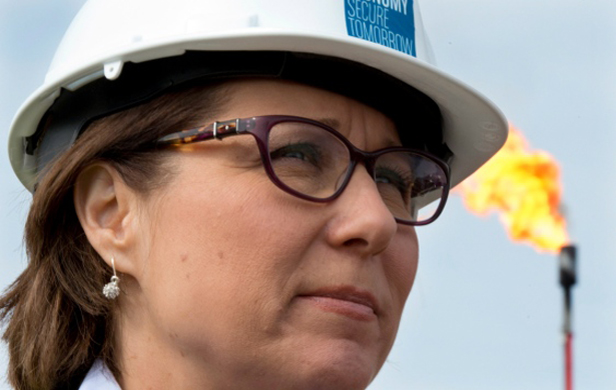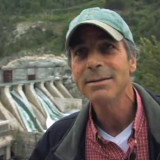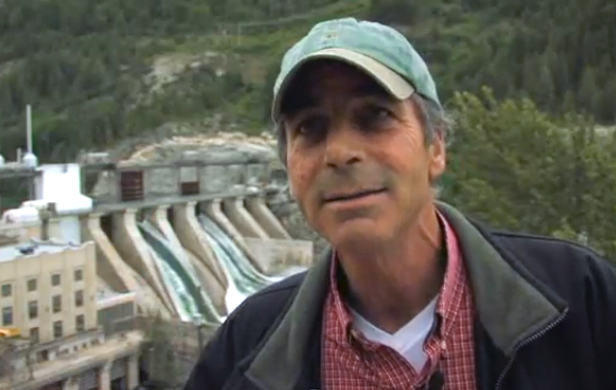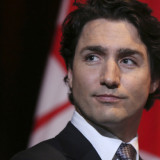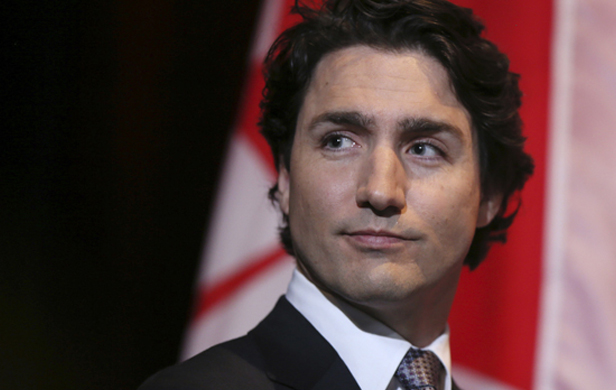
So Prime Minister Stephen Harper and members of his cabinet have been meeting with BC’s First Nations chiefs in order to get them onside with the Enbridge and Kinder Morgan pipelines. This is a gross insult and I believe will be seen as such.
Bribing First Nations
What Harper must do is get First Nations onside and this is impossible unless it takes the form of an acceptable bribe. For that is what Mr. Harper and the pipeline companies are doing. And they may be able to do it as companies have been able to in isolated circumstances with private power projects. But before we conjure a sneer at any First Nations’ possible breaking of ranks, let’s remember Robbie Burns saying, “O wad some power the giftie gie us, to see oursels as others see us”.
We Europeans accept bribes all the time. That’s what political promises are and we swallow some pretty unpalatable gunk, wrapped in a party package every time we go to the polls. We also, in making judgments, must “walk a mile in the other man’s moccasins”
Many nations live in poverty consistent with 75% unemployment and a “political promise” from the Prime Minister will be listened to. Moreover, the bands that have hitherto rejected pipelines and tanker traffic have dissension within their ranks and that’s to be expected. For example, any political offer to all municipalities would receive different response from different places.
Mr. Harper starts off wrong-footed, as he and his arrogant Natural Resources Minister Joe Oliver have made it clear that the Enbridge line will go through, irrespective of findings by the Joint Review Panel looking into the environmental challenges of the Enbridge line.
This is the kind of government move that takes the breath away, but Harper & Co hope that they can still make a deal. As this process takes place, most non-natives are on the sidelines cheering First Nations along.
In my travels around the province I have met many aboriginal leaders and my sense of it is that they will remain steadfast no matter which “vigorish” is presented in a brown envelope.
Grand Chief Phillip: Ministers had nothing to offer First Nations
Curiously, according to the Union of BC Indian Chiefs’ Grand Chief Stewart Phillip, the ministers with whom he met made little effort to win him over. Phillip described separate meetings with Oliver and Aboriginal Affairs Minister Bernard Velcourt to the Vancouver Observer
[quote]There was just a lot of rhetoric about not dwelling on the past, looking towards the future, and realizing the benefits of the vast natural resource wealth that this country has been blessed with. Pretty much a Canadian Apple Pie lecture…There wasn’t any engagement or dialogue in terms of Minister Oliver saying ‘what will it take? What are your recommendations?…He just sat there and repeated his talking points.[/quote]
Phillip suspects this flurry of unexpected meetings – after years of being ignored or insulted as “radicals” opposed to development, by Oliver in particular – is about papering over consultation with First Nations that has been sorely lacking, paving the way for the pipelines through the argument of “national interest”.
If this experience is indicative of what other First Nations leaders are seeing from Harper’s pipeline push, then sooner or later the government will find this approach too is failing – forcing them to put some tangible goodies on the table.
Selling Enbridge
To sell this project to First Nations, Mr. Harper must persuade them that Enbridge has a marvelous track record, when in fact they average a spill a week or more.
He must convince them that his government has put in strict rules regarding spills (never admitting the obvious inference that there will be spills), hoping that no one will notice that fines will hardly frighten Enbridge, which already has them marked off as an expense of doing business – or the fact that he has actually gutted environmental regulations.
In saying this, you will not be hearing Harper & Co playing the famous Glenn Miller hit of another epoch, Kalamazoo, for that is the living symbol of the company’s utter inability to handle a spill, which was right along side a highway. It’s been over three years and the mess has yet to be cleaned up and it never will be.
The cleanup is a major concern for all of us, but especially for First Nations. The company cannot say they will have no accidents, for even big companies, serial liars all, know you can go too far. They dissemble, obfuscate an make promises they have no intention of keeping. This means, somehow, Enbridge and Harper must convince First Nations that there will be no damage from a burst pipeline or leaky oil tanker. I don’t think they can do it.
Taking it into the street
We should see these visits for what they are: an unpopular Prime Minister paying homage to Alberta MPs and Conservative-held seats in BC. Harper needs to show his western base that he’s prepared to go the extra mile for these pipelines.
We have no right to tell First Nations what to do but we can let them know that they are supported by their fellow citizens.
In fact, that is precisely what Grand Chief Stewart Phillip asked of us, following some of these meetings last week:
[quote]My message to those who have been very diligent in their efforts to bring their concerns forward about the possibilities of catastrophic oil spills and oil line ruptures is, ‘Now is the time to bring these issues into the street, to be visible and vocal while these federal officials are in BC.’ [/quote]
Thus I close by saying that this decaying Prime Minister and his lickspittle outsiders must be dealt with by First Nations, with our support, and that I believe that they will continue to see this Harper/Enbridge road show as the covey of snake oil salesmen it really is.
[signoff1]







